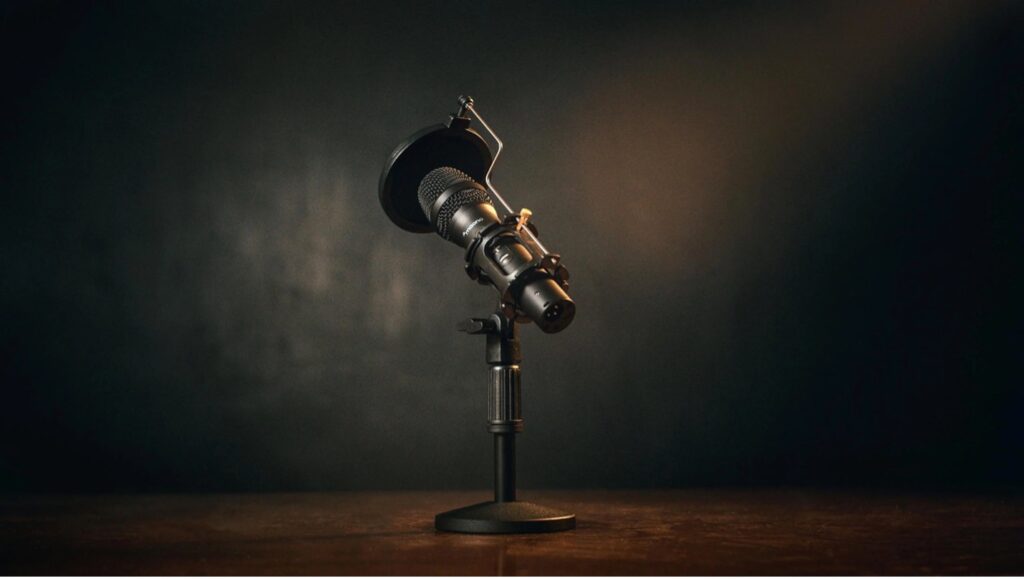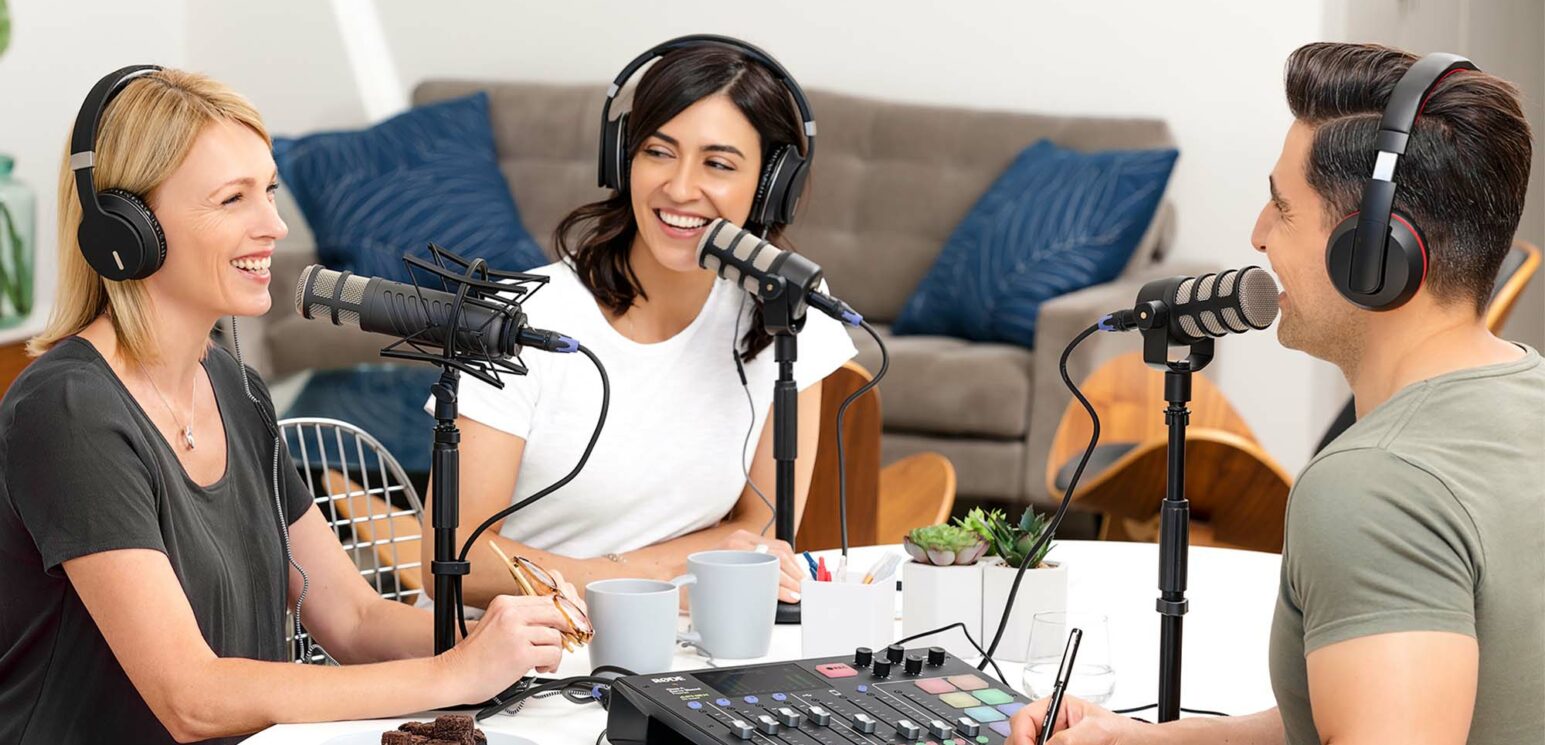Whether it helps to pass the time on a cross-country road trip or serves as background noise while working a 9 to 5 job, Monday through Friday, podcasts have become a popular form of free (for the most part) entertainment. In fact, by the end of 2024, it is estimated that there will be over 504.9 million podcast listeners around the world, listening to over 4.25 million podcasts that cover a wide array of topics including (but clearly not limited to) true crime, sports, politics, business, and pop culture.
With this growth in popularity, notable companies are investing in the podcast industry by creating their own podcast networks including Amazon’s Wondery and iHeartMedia’s iHeartRadio. Along with creating their own podcast networks, companies are throwing big-time money behind some of the most popular and highly listened to podcasts.
Some of the highest paid podcasters include Karen Kilgariff and Georgia Hardstark (My Favorite Murder), Bill Simmons (The Bill Simmons Podcast), Joe Rogan (The Joe Rogan Experience), and Dave Ramsey (The Dave Ramsey Show).

New Heights Gets a New Deal
In August, Jason and Travis Kelce joined the list of highest paid podcasters when they signed a three-year podcast deal worth $100 million with Amazon’s Wondery for their New Heights podcast. So, how does a pair of brothers from Cleveland Heights, Ohio land a huge contract for their podcast that is typically recorded on the Kelce’s off day?
Well, the number of listens and downloads (and viewers) speak for themselves. The New Heights podcast is consistently one of the top-ranked sports podcasts. Furthermore, their full video episodes on YouTube earned over 54 million views during the 2023-2024 National Football League (NFL) season (an increase from the 26.3 million views during the previous season), with an average of 1.92 million views per episode.
Too Many Options?
So, what does the increase in popularity for podcasts mean for advertisers? It presents advertisers with another medium that they can utilize to reach consumers. While advertisers can enjoy the reach that podcasts offer, this medium deals with some of the same issues that impact traditional mass media and other forms of “new media”.
One of those issues is increased media fragmentation among consumers. Media fragmentation refers to the increasing number of media options and consuming content across a wider range of media. Media fragmentation was not always an issue for advertisers. For instance, during the days when television consisted of only three networks (NBC, ABC, and CBS), it was easier for advertisers to reach consumers because viewers there were only a few networks to choose from when deciding what evening programming to watch.
One of the most influential individuals (and programs) in evolution of television advertising was Johnny Carson (and The Tonight Show Starring Johnny Carson). In fact, during its 29-year run, The Tonight Show Starring Johnny Carson could pull in 9 million viewers, and averaged 19 million during his final week on air in 1992. Whereas, one of the current late night shows, The Late Show with Stephen Colbert, averages 3 million viewers.
This decline in viewership for late night shows (and prime time network programming) is in part due to media fragmentation and viewers having more options than ever when it comes to their media consumption. However, media fragmentation does not appear to be slowing down ad buyers in the podcast industry.
In fact, it is predicted that advertising revenue associated with podcasts will grow by 12% in 2024, surpassing $2 billion. Therefore, with their growing popularity and impressive reach from an advertising standpoint, it does not appear that podcasts will be slowing down anytime soon.
Thus, this leaves us with one final question…who will be the next to take their podcast to New Heights?
Dr. Ashley Morgan
Clinical Assistant Professor of Marketing & Avid Podcast Listener


